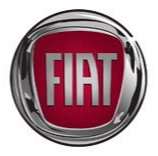If I asked you to name an iconic Italian redemption story, I’m sure many of you would start quoting me lines from “The Godfather.” To which I would reply, in my best Marlon Brando impersonation, “I have a sentimental weakness for my readers and I like to spoil them, as you can see.” (Yes, that is both bold and presumptuous on my part and I’m doubling down!)
Well, what if I offered you an automotive drama with enough ups and downs and twists and turns to rival any classical opera by Verdi or Puccini? It’s the dramatic story of the Italian motor company known as Fabbrica Italiana Automobili di Torino. Or maybe you’ve heard of Fiat, the third largest automobile manufacturer in the world (as part of the Stellantis group)? Because I think this is an offer you can’t refuse.
Act I: the Passionate Romance (1950s - 1970s)
During the 1950s and 1960s, the automotive world embarked on a passionate romance with Fiat. Iconic models like the Fiat 500 and the sporty Fiat Spider took the European market by storm, charming audiences and quickly building a rabid fanbase. The brand’s reputation soared as these cars showcased a perfect blend of style, affordability, and performance. The compact and convenient Fiat 500 revealed itself as the ideal European city car, suited for sharp alley turns and narrow old world streets. Fiat’s popularity was at its peak during this era, with its cars becoming highly sought-after by both local and international drivers.
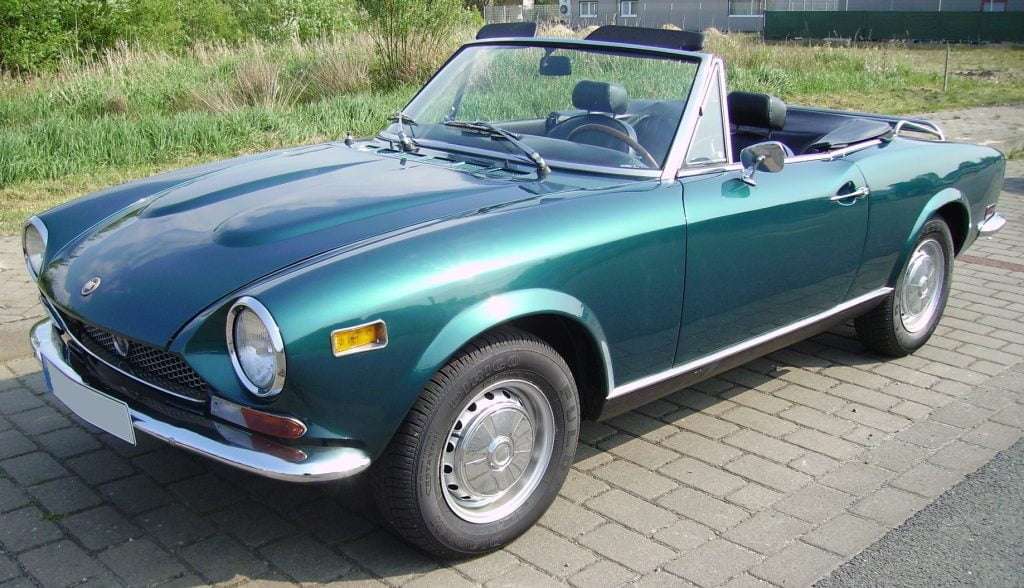
This spirit of halcyon romance is exemplified in the Fiat 124 Spider, introduced in the 1960s. With its elegant design and exhilarating driving experience, the Spider became a symbol of Italian flair and automotive passion.
Act II: the Heartbreaking Betrayal (1980s - 1990s)
As the 1980s rolled in, Fiat’s reputation began to take a hit. Quality control issues, unreliable vehicles, and poor customer satisfaction plagued the brand. The reliability concerns hit hard, leading to a decline in sales and customer trust. During this period, Fiat struggled to compete with Japanese automakers who were offering more dependable vehicles. This downturn was a dramatic shift from their previous glory, leaving many feeling betrayed by the brand they had once adored.
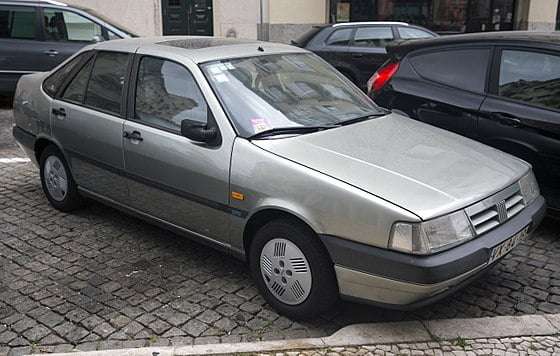
As Fiat faced challenges in the 1980s and 1990s, the Fiat Tempra stands as an appalling emblem of the company’s woeful decline. The mid-size family car, introduced in 1990, faced reliability and quality issues that contributed to the brand’s declining reputation. A far cry from the beautiful lines and elegant style that once defined the brand, the Tempra was best left to sleep with the fishes.
Act III: the Redemption Arc (early 2000s)
The early 2000s marked a turning point for Fiat and a return to form. Under the leadership of CEO Sergio Marchionne, the company began its journey to redemption, introducting the Fiat 500 in 2007 which recaptured the essence of the original iconic model while incorporating modern technology. This move revitalized the brand and garnered attention both in Italy and abroad. The Fiat 500’s success became a symbol of Fiat’s commitment to restoring its reputation and reconnecting with its passionate fan base. And everybody aplauded.
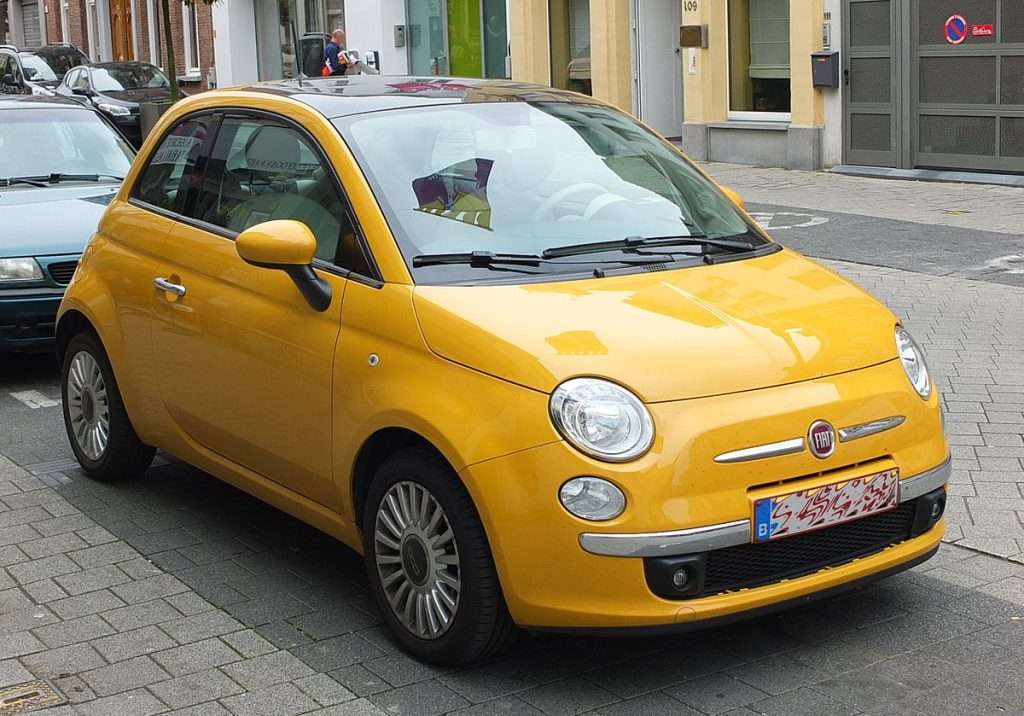
The modern reinterpretation of the Fiat 500, introduced in 2007, represents Fiat’s redemption arc. I mean, just look at it. The new 500 recaptured the spirit of the original while incorporating modern technology and design. It showcased Fiat’s commitment to revival and its ability to rekindle the passion of enthusiasts. The 500’s triumphant comeback was worthy of the dizzying fanfare of even the most unlikely soap opera character’s return.
Act IV: Unforseen Alliances (merger with Chrysler)
In 2009, Fiat’s story took a dramatic turn with the arrival of a new intriguing character. Chrysler, the American automaker that had faced its own set of challenges, joined the Italian giant in a partnership which allowed Fiat to gain a foothold in the American market while also benefiting from Chrysler’s resources. Sergio Marchionne’s clever leadership played a pivotal role in orchestrating this merger, creating the most dramatic twist in Fiat’s story to date. This alliance led to the establishment of Fiat Chrysler Automobiles (FCA), which later evolved into Stellantis after merging with PSA Group.
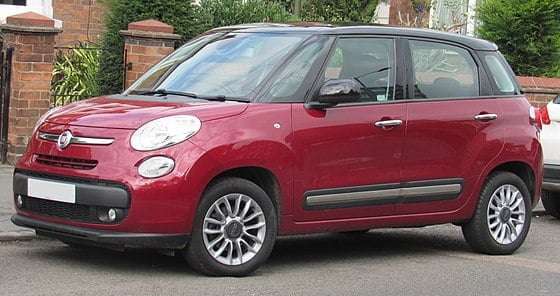
The Fiat 500L was a larger variant of the 500, symbolizing the expansion of the brand’s auto empire upon the new partnership with Chrysler. Revitalized and resurgent, Fiat looked to increase their footprint and to continue to expand into new markets.
Act V: the Cliffhanger (present)
Fast forward to the present day and Fiat’s narrative lives in dynamic flux. The brand’s presence varies across different markets. In some regions, Fiat models continue to be popular, while in others, the brand’s presence has dwindled. Market trends, shifting consumer preferences, and the rise of electric vehicles have added complexity to Fiat’s storyline as they move into an era of reinvention. Naturally, fans clamor for a happy ending or a simple release from the brand’s up and down drama.. but, it’s an Italian brand, after all. Just as you think you’ve gotten out… they manage to pull you right back in!

Introducing hybrid and electric versions of its signature models, as well as their first crossover SUV unit, the Fiat 500X, Fiat is well positioned to adapt to changing market dynamics. And, as always, they plan to do it in impeccable Italian style!



